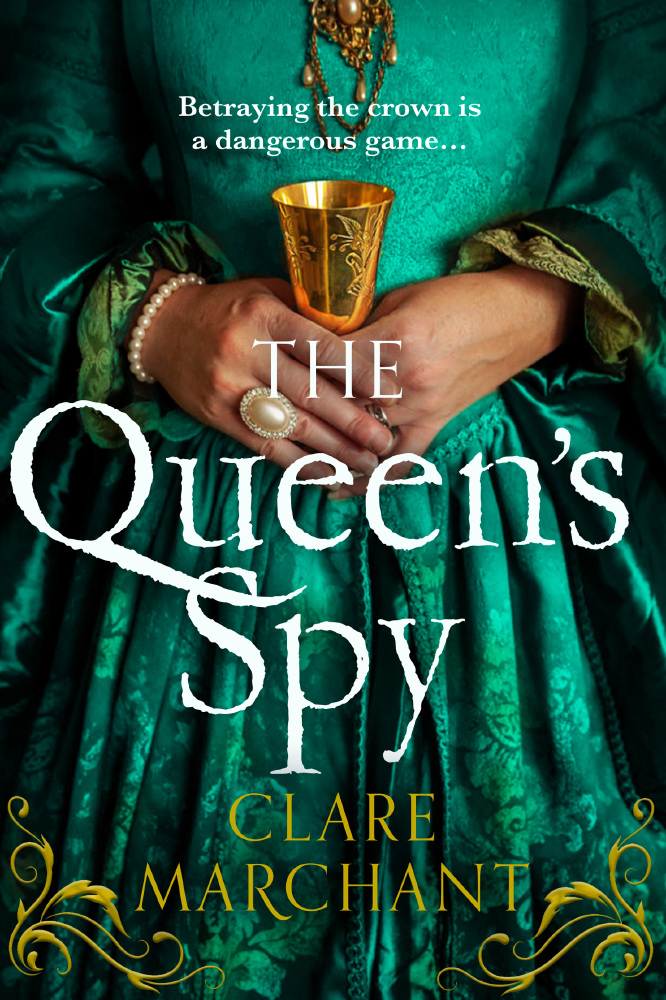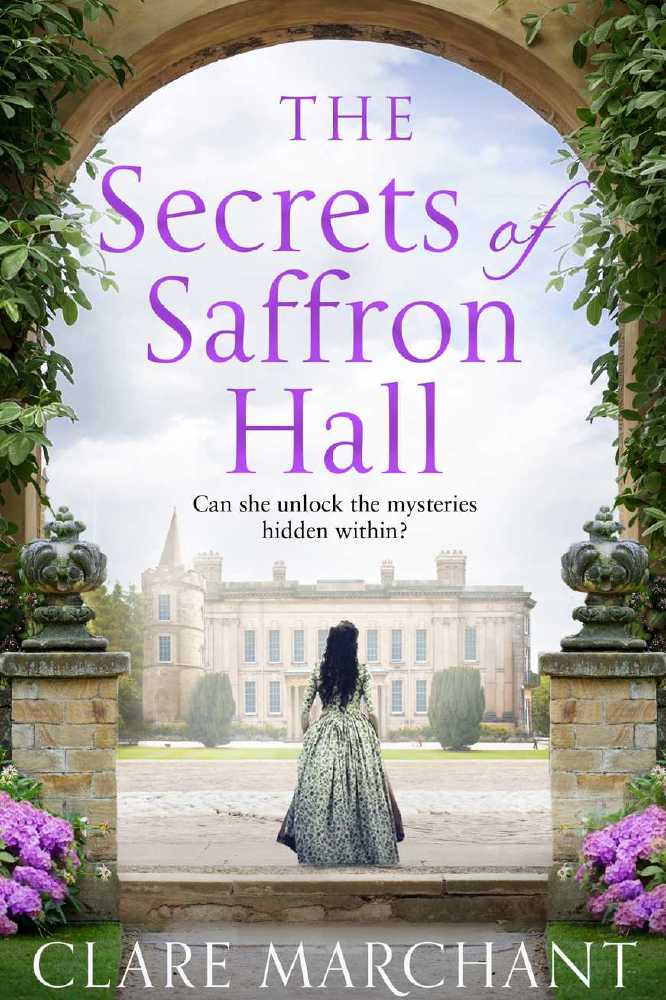The term 'timeslip' applies to books where someone travels back in time, and also to those where the two timelines are separate but connected by a common theme, and this is the type I write. I love writing across two timelines, and if you fancy giving it a go, here are some helpful tips!

The Queen's Spy
1. The most important part of a timeslip novel is that you need something to link the two timelines. This can be an item the present-day character finds, or perhaps inherits. It could be a letter, photograph, diary or a building - there are numerous things you can use. Alternatively, you may choose to have a theme to link both the historical and modern protagonist’s journeys, so they are both striving for a happy ending connected by the same idea. Both stories need to be tied together for a timeslip to work.
2. Now you have a physical object and/or a theme to link the two stories and the next thing to do is plan the book. The idea of planning divides authors. There are those who like to jump in and start writing, flying by the seat of their pants, and there are those who like me, need to plan. It doesn't need to be an in-depth plan (although mine are!) but when you are juggling two timelines it’s important to know how and where the two will weave together to create a whole.
3. Timeslip books can be written in different styles. Sometimes a book will begin and end with the contemporary story wrapping around the majority of the novel in the historical era, and others will flip back and forth between the two. If you do switch between the two it's important to end each chapter on a cliff hanger; you want your reader to be racing through to find out what happens next!
4. When writing historical, it’s vital to do your research first - this is my favourite part! I often check facts as I write, however I always make sure the main structure of the historical timeline is correct.
5. How to organise your actual writing – some authors write the contemporary storyline and the historical one in their entirety and then weave the two together at the end, and others, like myself, write the book as it will appear in the finished form swapping between the two timelines. There is no right or wrong way!
6. An important detail to remember when writing timeslip is that although you can hint at what may happen in the historical part you can't jump ahead of yourself, otherwise it takes away the suspense building over the course of the novel.
7. And finally, perhaps most importantly, enjoy yourself! Writing 100,000 words is a big task and you really need to love what you're doing, then you’ll want to keep going every day.
So, these are a few tips on how I write my books – the best of luck writing yours!
RELATED: My writing day by Clare Marchant
Getting up early means once everyone has left for school/work I’m able to sit down at my desk and start work. Having spent many years working on IT projects, I am nothing if not extremely well organised. If I’m at the research stage of a book, at this point I’ll happily disappear down a rabbit hole of investigations; a single name or event will lead me to another, until I’ve completely forgotten what I was originally supposed to be looking for. And I can spend hours and hours doing this. But this is how some of my best plots are created...



